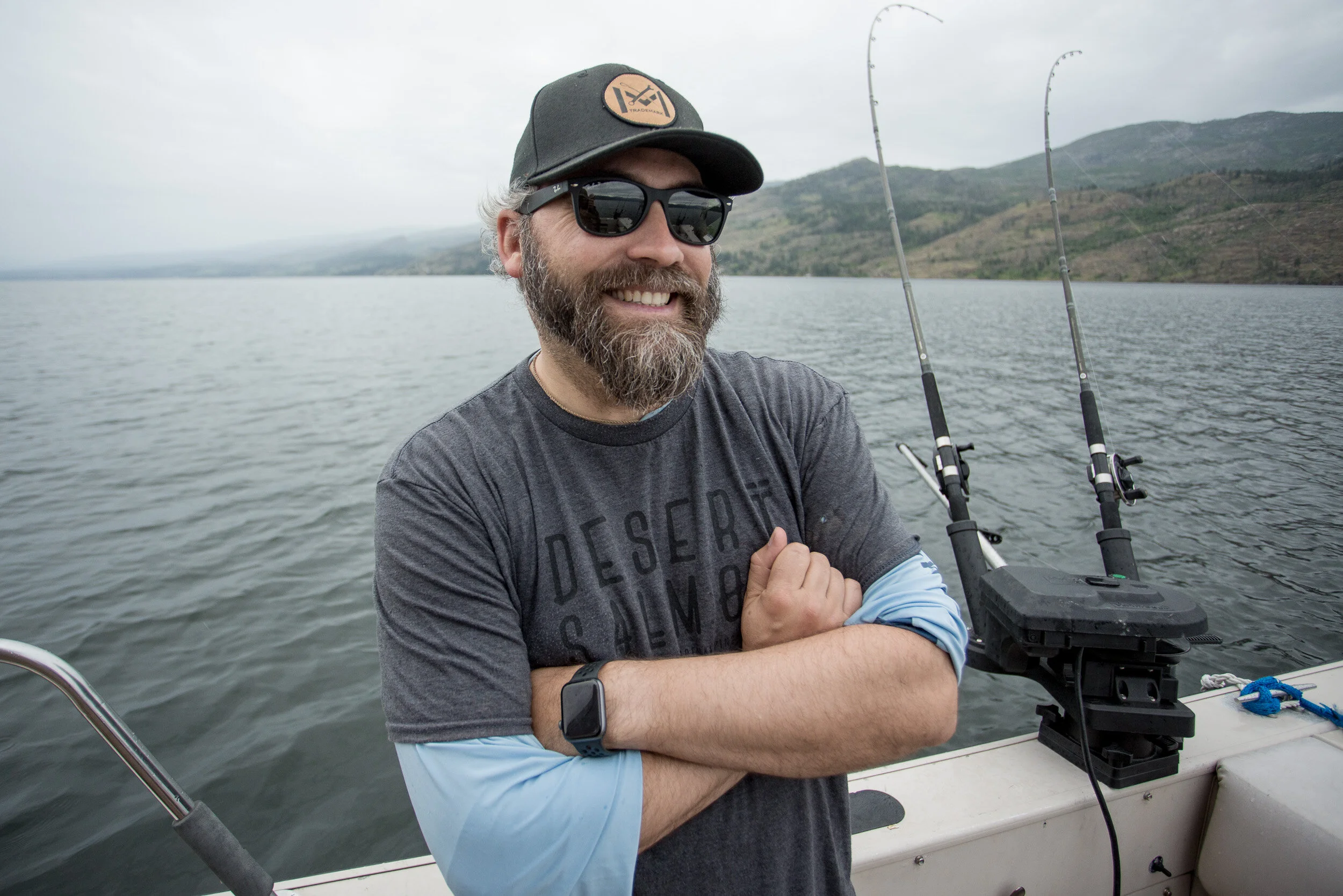Fish species
The waters of Okanagan Lake are currently home to many species both indigenous and non indigenous, including Kokanee salmon, the native strain of trophy Rainbow Trout exclusive to the Okanagan, as well as Lake Trout, Burbot, Northern Pike Minnow, Mountain Whitefish, Lake Whitefish, Carp, Sucker, Bass and Pumpkin Seed.
Hotspots
Legend to be home of the Ogopogo, Squally Point is a noticeable sharp elbow on the eastside of Okanagan lake, south of Rattlesnake Island and within the Okanagan Mountain Park Region. The point is very noticeable as there is a light navigation marker on the shoreline north of the main point. Kokanee fishing, along with Rainbow Trout, can be excellent around Squally Point.
Kokanee: Desert Salmon
Okanagan Lake provides a wide variety of fishing opportunities including Kokanee (Sockeye Salmon). The kokanee salmon (Oncorhynchus nerka), also known as the kokanee trout, little redfish, silver trout, or kikanning.
While size range of kokanee is often lake-specific and depends on many factors, in typical populations the kokanee grows to an average size of 23–30 centimetres (9–12 in) with an average weight of 0.45 kilograms (1 lb). In bodies of water with more favorable conditions it can reach a size of up to 51 centimetres (20 in) and weigh 1.4–2.3 kilograms (3–5 lb).
Adult kokanee can be found in open water where the thermocline is around 10 °C (50 °F). They can have anywhere between 29–40 gill rakers. As a fish that inhabits freshwater throughout their lifecycle they are often smaller than their sea-going sockeye relatives, due to less food availability.
Size is the most significant morphological distinction between the kokanee and the sockeye, but gill raker count can differ from sockeye salmon as well. The main food source of this fish is plankton.
Since May 2004, the Okanagan National Alliance (ONA) has been releasing salmon back into Okanagan rivers and lakes to replenish the salmon population. ONA's first release was in the range of 350,000 sockeye salmon and more recently, it's been as high as 4.2 million sockeye salmon.
For more information about the Kokanee stocks of Okanagan Lake, check out the article by Bruce Shepherd. He notes:
“Within a single decade, Okanagan Lake kokanee (Oncorhynchus nerka) went from being managed for sport fishery purposes to being a major concern from the perspective of conservation biology. Both shore-spawning and streamspawning runs have declined dramatically, despite a fishery closure since 1995. Shore spawners are genetically different from stream spawners, and are quite unique in spawning behaviour. The 1998 returns of both stocks were about 1% of the levels of the 1970s, when routine monitoring of spawning began. While the introduction of an exotic species, the opossum shrimp (Mysis relicta), is likely the driving force behind the decline, there are a variety of other forces that may have initially masked and more recently aggravated the situation. A long-term (20-year) action plan for the recovery of the kokanee stocks was formulated in 1995. Phase I (1996–2000) of the plan stands on 2 legs: 1) developing a practical means of Mysis control; and 2) conserving key habitats. The results of the first 3 years of work on the plan are reviewed, and options for the future discussed. Given intensifying human development pressures in the Okanagan, can we save habitats that are currently empty for future fish?”

